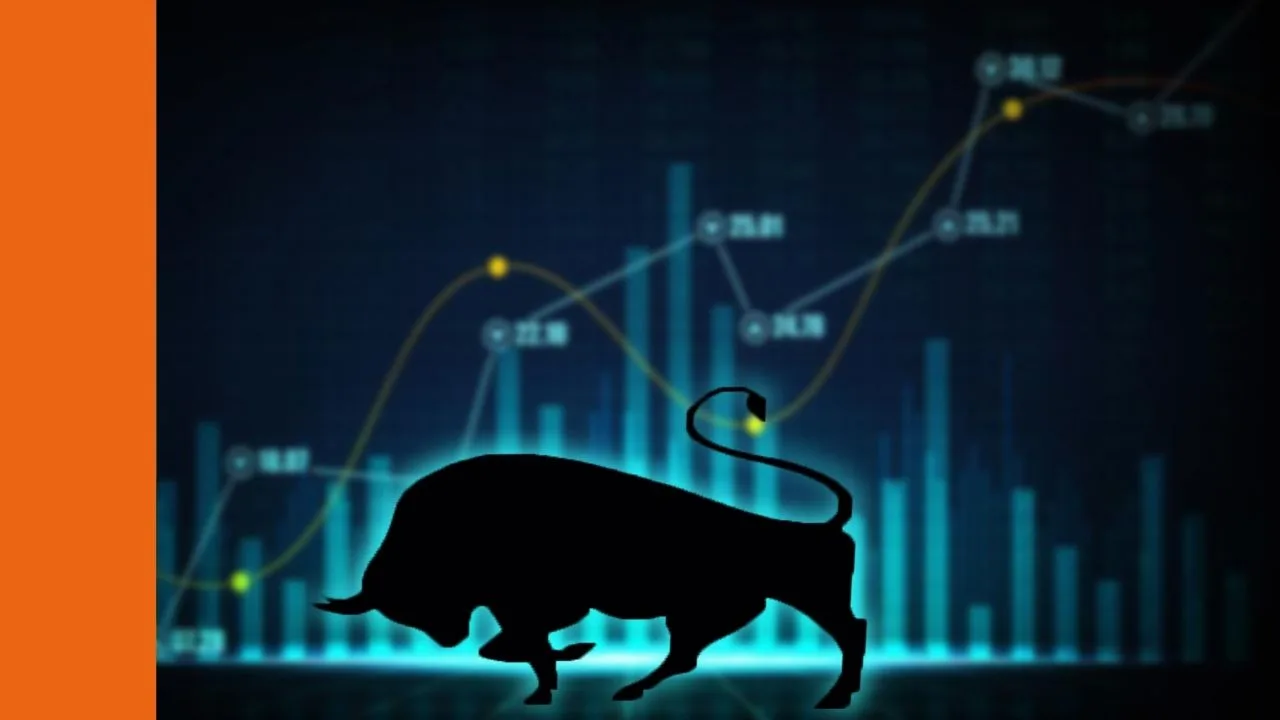James Dunn of The Inside Investor walks investors through their options for getting exposure to the Australian dollar – US dollar (AUDUSD) pair.
In uncertain times such as the present, with asset prices and exchange rates fluctuating unpredictably, many investors are looking to make sure their portfolios are well-diversified, a and to shore-up the defensive areas of their portfolios; while also looking to hedge risk in other parts of the portfolio – and even to take advantage of trading opportunities that present themselves.
Most of the time, investors intending any of these actions are concentrating on their major areas of asset allocation; mostly equities.
But the same attention should be paid to all areas of the portfolio – even the cash weighting.
Many investors view cash as simply a defensive, and static portion of their portfolios: typically, cash holdings are used for liquidity and downside protection, with Australian investors mostly using the Australian dollar. But in uncertain markets, the cash allocation can also give rise to similar opportunities that are present in other asset classes.
The world’s most liquid currency – the US dollar – offers all of the above opportunities to investors, in their cash holdings.
Using currency ETFs can work to diversify the cash holdings of an investment portfolio, while also allowing investors to trade their shorter-term views and expectations of currency exchange rates. The advantage of currency ETFs is that they can be bought or sold like any share on the ASX and thus investors don’t have to use complicated foreign currency trading platforms, trade contracts for difference (CFDs) – which involve leverage – or open a foreign-currency bank account. Also, with ETFs, there is no minimum investment amount.
Featured podcast: How CFDs wiped $200 million from traders’ pockets in one week
Click here to subscribe for free to Rask Australia’s Finance podcast series.
Adding Greenback strength to a portfolio
It might seem counter-intuitive to want to add US$ exposure to a portfolio when the greenback has dropped by 17% against its Australian counterpart since March 23 – the day that investors placed a floor (at least temporarily) under the sharemarkets – but that could be seen as a good-value exchange rate at which to establish this exposure. If investors believe that the US$ has a greater likelihood of strengthening from here, that is.
“The US dollar is one of the world’s pre-eminent safe-haven assets, and has naturally declined of late due to the strong rebound in ‘risk-on’ sentiment globally. But if you believe the risk-on rally has gone too far too fast, it likely means the US$ will also strengthen again – and the A$ fall back – at some stage over coming months,” says Alex Vynokur, chief executive officer at EFT provider BetaShares. “Either way, having some US$ exposure makes sense from the perspective of diversifying sources of return among more defensive cash assets.”
The ETF that offers the simplest exposure to the US$ is the BetaShares US Dollar ETF (ASX: USD). The USD fund invests its assets in a wholesale US currency bank account. It is simply structured such that if the greenback rises relative to the Australian dollar, USD is expected to rise by approximately the same amount (before fees and expenses). USD is managed for 0.45% a year.
A tweak on this strategy is ETF Securities’ Enhanced USD Cash ETF (ASX: ZUSD), which aims to track the performance of an interest-bearing US dollar cash deposit, by investing in US dollar bank deposits with maturities ranging from overnight to three months, and earning a variable rate of interest. ZUSD is managed for 0.3% a year. (ZUSD is the only physical US dollar ETF offering quarterly distributions: this income can augment the diversification benefit.)
Investors could simply use USD or ZUSD as a defensive diversifying position: much like equities and fixed income, diversifying cash can assist with risk management, particularly in volatile periods. For example, holding a currency other than the Australian dollar can buffer the cash allocation in periods where the Australian dollar is weak. Given the importance of the US$/A$ exchange rate, the greenback makes sense as the obvious – and easiest – currency to use in this way.
With most Australian investors holding at least 70%–80% of their assets in A$, adding exposure to currency fluctuation helps to diversify an Australian portfolio.
The diversification benefit comes also from the fact that the US$/A$ exchange rate correlates negatively with the US sharemarket (as represented by the S&P 500 Index), meaning that the US dollar tends to appreciate against the Australian dollar when the US share market is falling, and vice-versa. In other words, the Aussie currency tends to perform well when markets are rising, which is linked to demand for Australia’s resources-heavy exports.
“Right now, one of the most effective strategies for which ZUSD can be used is to diversify cash holdings away from the A$ to the US$, and into US short-term interest rates, without having to convert A$ to US$ – and pay huge buy/sell spreads – or having to take any company risk like buying a US stock,” says Kris Walesby, CEO at ETF Securities. “It’s simple, pure US$ exposure through an ASX-listed vehicle.”
Investors can also use cash investments to make tactical decisions on how they expect a currency to perform. For example, investors who believe the US dollar is likely to appreciate, may increase their cash allocation to the US dollar, while those who believe it is likely to depreciate might reduce their allocation.
ETFs like USD and ZUSD are simple, liquid and cost-effective ways to trade your view on the US dollar, allowing you to move quickly based on your changing opinion of the market.
For investors looking to trade a view on the US$, BetaShares also offers the BetaShares Strong US Dollar Fund (ASX: YANK), which provides geared exposure to the value of the US currency relative to the Australian. YANK is structured such that for a 1% rise in the value of the US dollar against the Australian dollar on a given day, the ETF generally expects to generate a positive return of between 2% and 2.75% – and vice versa.
Because it is geared, YANK is significantly more expensive, being managed for 1.38% a year. However, for a leveraged currency exposure, its major attractions are that it is traded in Australian dollars on the ASX, and there is no possibility of the investor getting a margin call.
The article first appeared on Inside Investor.
[ls_content_block id=”14947″ para=”paragraphs”]








